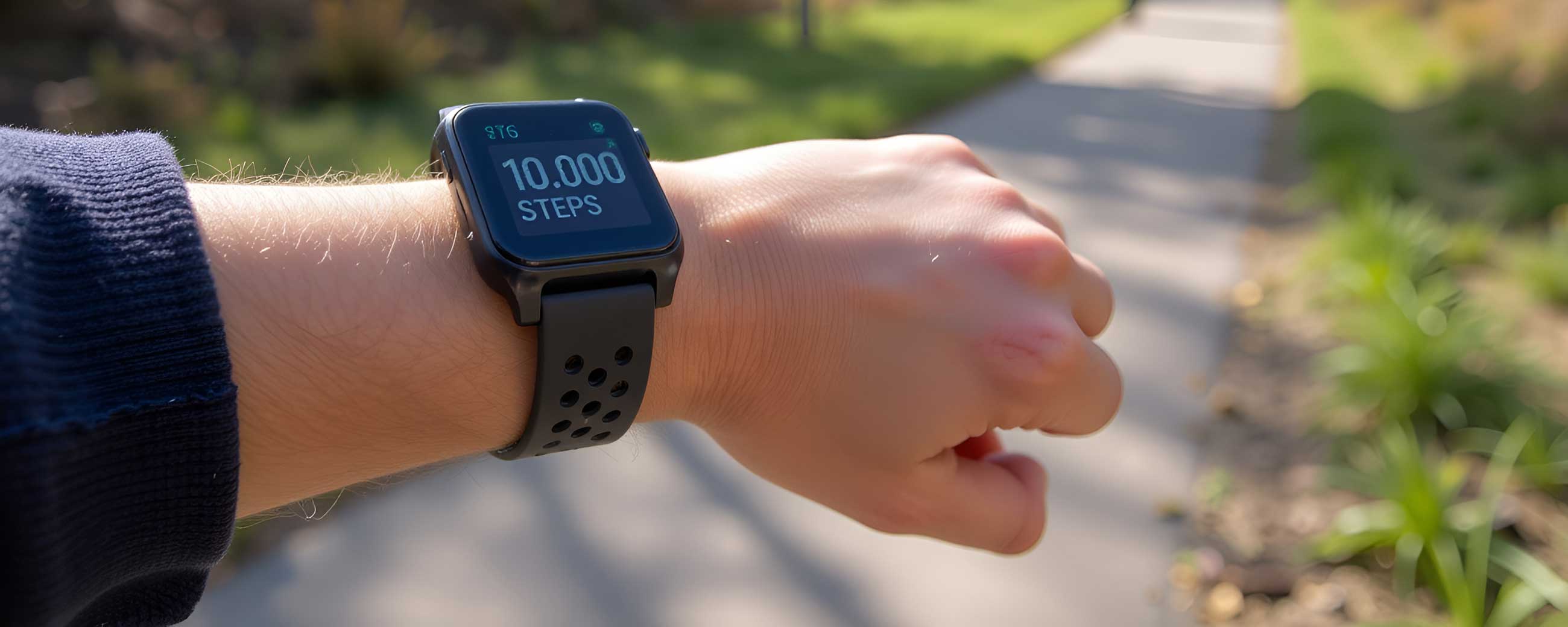
Getting Your Kids Moving to Improve Their Metabolic Health
Childhood in the 21st century is dominated by screen time. On average, the Kaiser Family Foundation reports that children ages 8-10 spend about 6 hours a day in front of a screen and for children ages 11-14, screen time increases to almost 9 hours each day. Researchers have also found that reducing screen time could lower type 2 diabetes risk.
That’s why for any parent, paying attention to your child’s metabolic health is critical. What is metabolic health? Simply put, your metabolic health describes how well your body uses and stores the energy it gets from food. Boosting your child’s metabolic health decreases the risks of obesity, heart disease, stroke, kidney disease, nonalcoholic fatty liver disease, and depression.
As a parent, you can help your kid improve their metabolic health to robust levels by limiting screen time, encouraging them to eat well, and helping them exercise. But in today’s day and age, doing all of those things is easier said than done. So how do you get started?
Breaking the Screen Time Addiction
We all know most kids react negatively when you limit their screen time. “Video games are designed to be addictive,” says Wali Gauvin, MD, a board-certified pediatric cardiologist and child obesity and weight management expert from PM Kidz Pediatric Primary & Acute Care Clinic in Maryland.
Patrick Rizzuto, MD, Assistant Professor and Pediatric Endocrinology at Rutgers Robert Wood Johnson Medical School, agrees. “Your kids won’t be pleased when you limit their screen time,” he says. “And replacing that time with exercise initially may not go over well.”
So telling your kid to just stop using screens is likely to meet with extreme resistance, no matter who your kid is. What should you do instead?
Use Positive Motivations
The trick to getting kids moving is to appeal to interests they have that are just as strong as screen time.
For example, one of Dr. Gauvin’s patients told him he wanted to be a firefighter when he grows up. His patient was overweight and rarely exercised. Dr. Gauvin looked up the physical requirements to be a firefighter and shared them with his patient. He showed him that firefighters need to be in excellent shape. “It was a motivating factor that resonated with him,” he says.
He also got the child’s parents involved by making sure their son ate a healthy diet and exercised. “I’ve done similar research for my other young patients,” he says. “A few told me they wanted to join the military when they got older. I explained to them that you have to be healthy to enroll. Again, it’s a positive motivator that worked.”
“You can’t expect your child to put away their phone for dinner if you’re at the table watching videos on yours."
Make It A Team Effort
The best way to get your kids to be active and reduce screen time is to lead by example. “You can’t expect your child to put away their phone for dinner if you’re at the table watching videos on yours,” says Dr Gauvin.
Makes sense! So start limiting your own screen time, especially when you are spending time with your children. At dinnertime, make sure everyone leaves their phones in the other room, and after dinner, take a short walk around the neighborhood to get your kid in the habit of moving.
Whatever you do, keep things small at first. That’s important, because building healthy exercise habits takes time. Start slow and build up each day or every other day. Also, don’t get discouraged just because your child doesn’t like an activity. Instead, practice flexibility, and try several activities until something sticks.
“Some children don’t want to spend time outdoors,” Dr. Rizzuto says. If that’s the case, try to meet them where they are at, and consider indoor activities. “A few of my patients enrolled in dance classes held indoors. They get exercise, have fun, and meet friends.”
Replace Unhealthy Screen Time With Healthy Screen Time
Even when you’re encouraging the best habits, it’s not likely that you’ll ever be able to fully cut out screen time for most kids. After all, screen time is a necessity of the modern world. So another strategy is to work to make the screen time your child is spending on their device healthier.
One example: YouTube dance parties. “I tell them to listen to six of their favorite songs and dance to the music,” says Dr. Rizzuto. “It’s a great way to exercise and most kids enjoy that.”
A number of Dr. Rizzuto’s patients like talking on the phone. “If that’s the case, have them walk around the neighborhood on their phones,” he says. You can even suggest apps like Pokemon Go to encourage them to move!
Don’t Focus on Weight
If you follow the above tips, and remain flexible when your child puts up resistance, you can reduce your child’s chances of being obese or developing diabetes. But if there’s one thing the professionals want you to remember, it’s to focus on movement, not weight.
By focusing on just weight loss, you can actually discourage your children from exercising, because weight loss often plateaus even with the best diets and exercise plans. So focus on what your children are doing, not the weight they are losing.
“It can take time to see results,” says Dr. Rizzuto. “Focus on their achievements and be proud of them.”

This publication is intended for informational purposes only and is not meant to be a substitute for professional medical advice, diagnosis, or treatment. Always seek the advice of your physician or other qualified health provider with any questions you may have regarding a medical condition or any advice relating to your health. View full disclaimer









